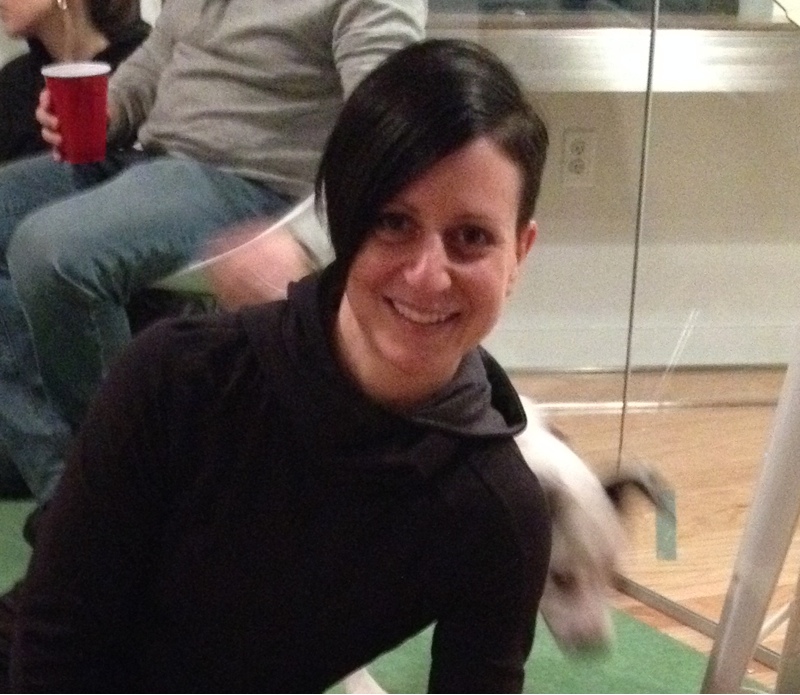‘Smart’ Helmet Does More Than Protect Your Head
A safety helmet equipped with special sensors could let you know how banged up you really are after a fall.
While an aching head may seem an obvious indicator of injury, athletes don't always recognize the severity of damage, and when they do it's sometimes too late.
Developed for skiers, the helmet contains seven accelerometers – sensors that measure changes in velocity – that continuously monitor the forces experienced by the head. For example, if a skier were to take a tumble, the sensors in the helmet would keep a record of the forces exerted on the head as a result of the body's acceleration during the fall.
“If the level of acceleration for some reason goes above a certain range, [the helmet] is supposed to make an alerting sound or light up a LED,” said Sinan Muftu, professor at Northeastern University. For now, Muftu and his students have developed a prototype, which does not yet have the LED electronics embedded.
A sporting goods manufacturer, Riddell, currently sells a similar type of football helmet, which measures impact data and sends this information wirelessly to the sidelines where computers are being monitored by medical staff. Riddell’s helmet sells for $1,030.99.
“Our helmet could have a wider use because it could be made cheaper,” Muftu told TechNewsDaily. “It could be a more accessible version even to high school football players."
Predicting severity
Get the world’s most fascinating discoveries delivered straight to your inbox.
The ski accident that led to the death of actress Natasha Richardson last year was not benign, as the actress reportedly first thought.
“How much the brain is injured as in Ms. Richardson’s case is very difficult to predict,” said Alexander Rotenberg, a professor of neurology at Harvard Medical School who is working with Muftu to develop the new helmet.
“Patients can feel okay and have a life-threatening injury or patients can be unconscious and have either a life-threatening or non-life threatening injury but simply not be aware of it."
A helmet would most likely have prevented the injury, but in the case that it didn’t, a 'smart' ski helmet would have alerted Richardson to the severity of the fall, Rotenberg said.
Crash test dummies
To test the helmet, Muftu and his students built “a big gizmo that has the mass of a person” and a head, the size and thickness of a skull, filled with a liquid sac to simulate the brain, Muftu said. While wearing the helmet, which was wired to a computer, the dummy was dropped from different heights.
The results of the dummy experiment showed a “good correlation” between what the helmet identified as a severe injury compared to that of their computer model, Muftu said.
At this point, Muftu sees the ski helmet as a lab tool and not a consumer product. The helmet will likely aid in Muftu’s work with Rotenberg to study traumatic brain injury – the kind that doesn’t cause obvious brain tissue damage – within the first 24 hours of impact.
The hope is to understand what’s happening at the microscopic level in order to come up with a way to prevent potential brain damage.



